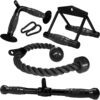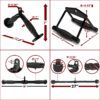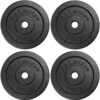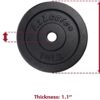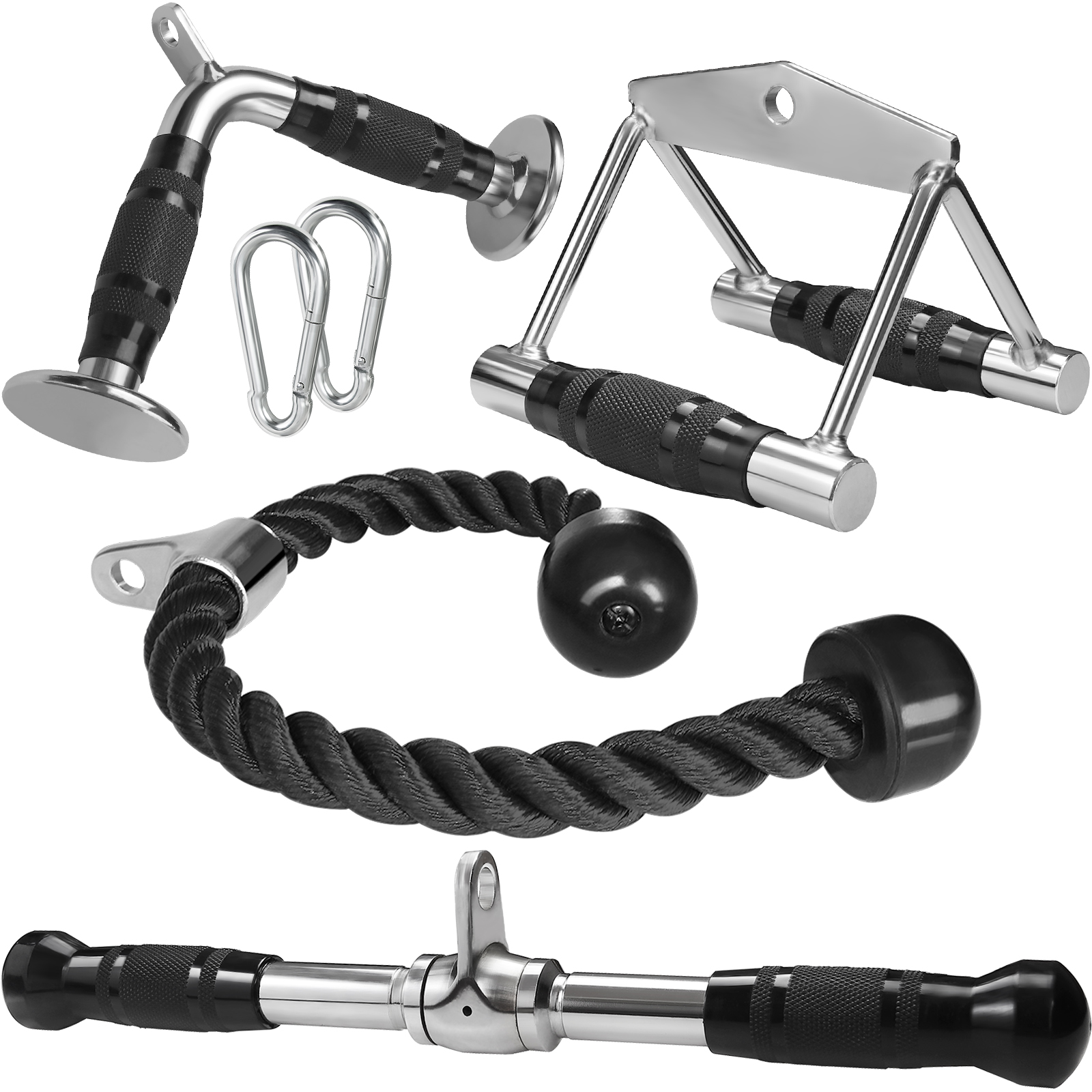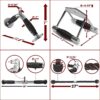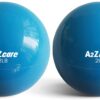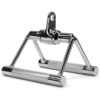How to future proof your body
Just 30 minutes of exercise a day should help you offset osteoporosis, hold on to muscle mass, maintain your natural range of motion, avoid back pain, lower your risk of heart problems and maintain a healthy sex life.
How should you spend those minutes? By mixing up the below …
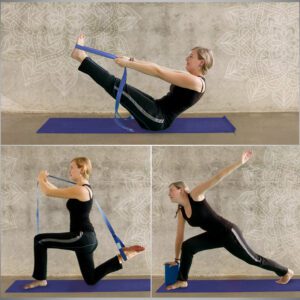
1. Resistance training
After the age of 40, we typically lose about 1pc of muscle mass each year. This in turn slows your metabolism, weakens your structure, and lessens your athletic appearance.
Weightlifting is your friend here. I’m not talking about lifting huge chucks of cast iron, like those beefcakes on Muscle Beach – I mean low intensity, relaxed movements using manageable weights and focusing on compound movements. This will help to send your body a signal that it needs to hold onto its hard earned muscle mass – but crucially not overwork it. Try not to lift more than 80pc of your personal best, and never train to failure (ie lift until you can lift no more).
The idea here is to get all the strength benefits out of lifting weights without suffering burnout, which puts unnecessary stress on your nervous system and is much harder to recover from in your 40s.
2. Yoga / Pilates
One of the biggest mistakes many of us make throughout our 20’s and 30’s is neglecting mobility. We sit for hours on end at a desk, then hare around the five-a-side come evening without so much as a single stretch to warm up. Come 40, we’re planks of wood (only not so upright).
I’m sure you’ve read before that yoga is the solution – but what is less well known is that it protects not just your muscles but also your spine, cartilage and tendons. Stretching regularly will make you a lot more resilient to injury as you make your way through mid-life.
As for the yoga vs Pilates questions: Pilates uses more traditional exercise protocol and is very outcome dependent, whereas yoga is a little more of a mind/body practice, where bodily benefits serve as a prelude to the ability to still one’s mind. Which should you do? It’s really up to you. My verdict? Both!
3. Daily mobility drills
So you sit all day at a desk, hare around the five-a-side pitch … and know with certainty that you won’t be incorporating yoga into your daily routine?
It’s ok. I get it. Yoga isn’t for everyone, and no-one feels like they have half an hour to spare every day anyway. However, that doesn’t mean to say you’re beyond hope. A short daily mobility drill only takes five minutes and is an excellent way to start the day, allowing you to wake up the body after a night’s sleep. It will also give you cash in the bank ahead of the desk sitting, helping to stall issues with poor posture, neck and lower back.
Aim to rotate your hips, shoulders, knees and ankles, and open up the spine. Simple exercises like squats, lunges, planks, cat stretches are all an excellent idea.
4. Low Intensity Cardio
Low-intensity cardio is one of the biggest game changers I’ve come across in my time in the fitness industry. I’ve seen so many people incorporate it into their daily routine and become lean in just a few months.
What does it mean? Technically, you’re aiming to train at a specific heart rate – somewhere around the 105-120 beats per minute band, which is the area where your body burns fat for energy.
5. Listen to your body
In our 20s and for the most part our 30s, we’re able to exercise through injuries and rely on our natural powers of recovery to do its magic. You’re not so robust in your 40s, however, so you need to adapt your mindset, otherwise you run the risk of developing a chronic injury that you won’t be able to shape over the following years and decades.
Source: https://www.telegraph.co.uk/



